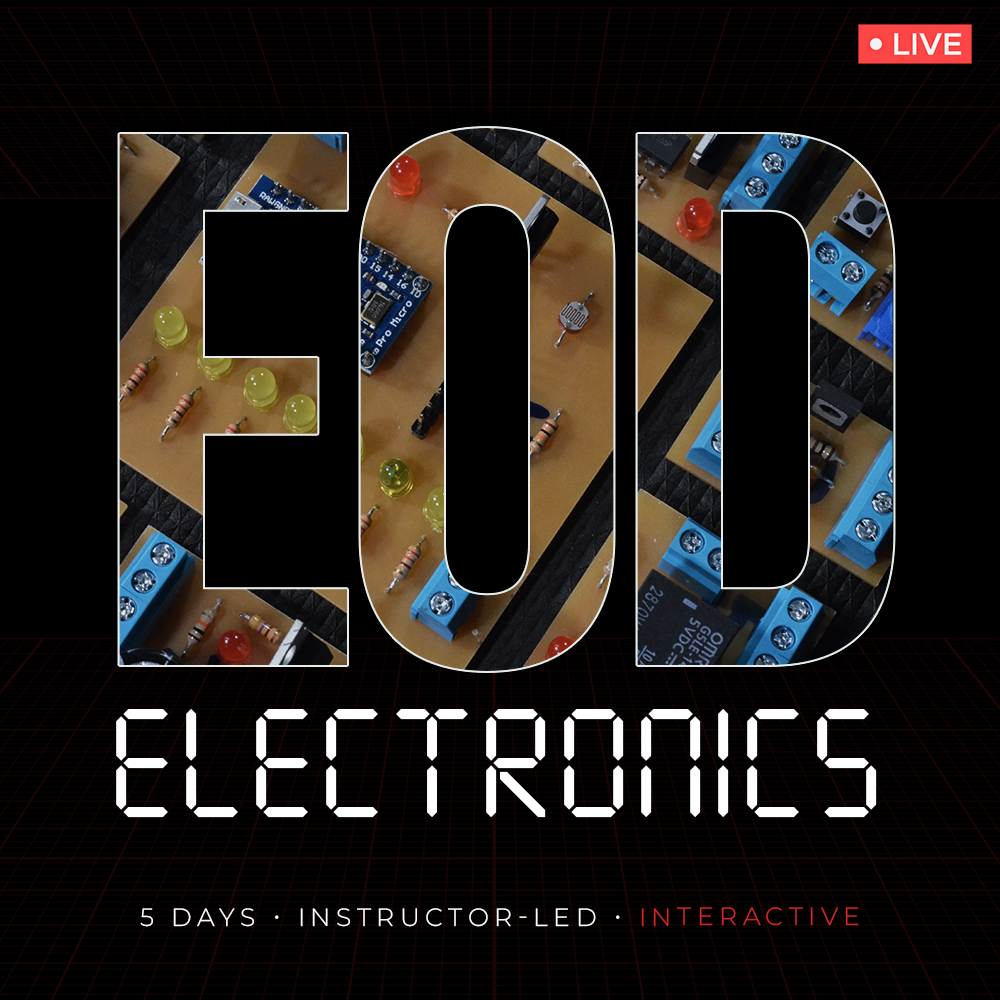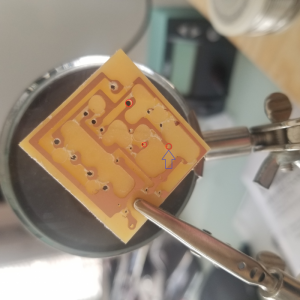
EOD Electronics
Price range: $19,250.00 through $24,650.00
Description
This 5-day comprehensive EOD Electronics course provides hands-on training in circuit analysis, IED diagnostics, and electronic countermeasures. Students learn practical skills for identifying and analyzing electronic components commonly found in improvised explosive devices.
Course Highlights:
- DC Circuit Theory and Analysis
- Component Identification and Testing
- Schematic Reading and Interpretation
- Hands-on Lab Exercises
- Real-world Case Studies
- Equipment and Tools Training
Students receive comprehensive lab kits and training materials.


